Having a macro lens in your food photography kit will allow you to look at your food in new, creative ways, creating some jaw-dropping, stop in your tracks images. Who doesn’t want that?
This post may contain affiliate links – I will only recommend products I know and love.
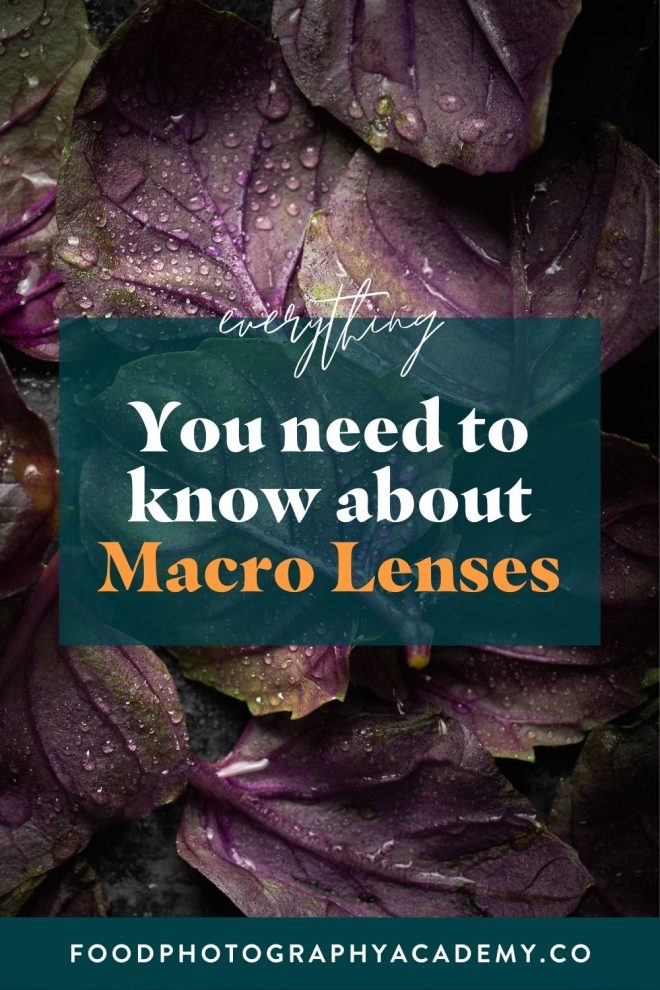
I asked you all on Instagram what your biggest challenge was when it came to macro food photography, and the most common answer was nailing focus – I hear ya!
In this post we’re going to look at what makes a macro lens different, and how to use it so you’ll be able to create those tack sharp, beautiful macro food photography compositions you’re just dying to create.
Stop guessing and start implementing with my foolproof composition system. Elevate your food photography from good to great with composition techniques.
Free Resource
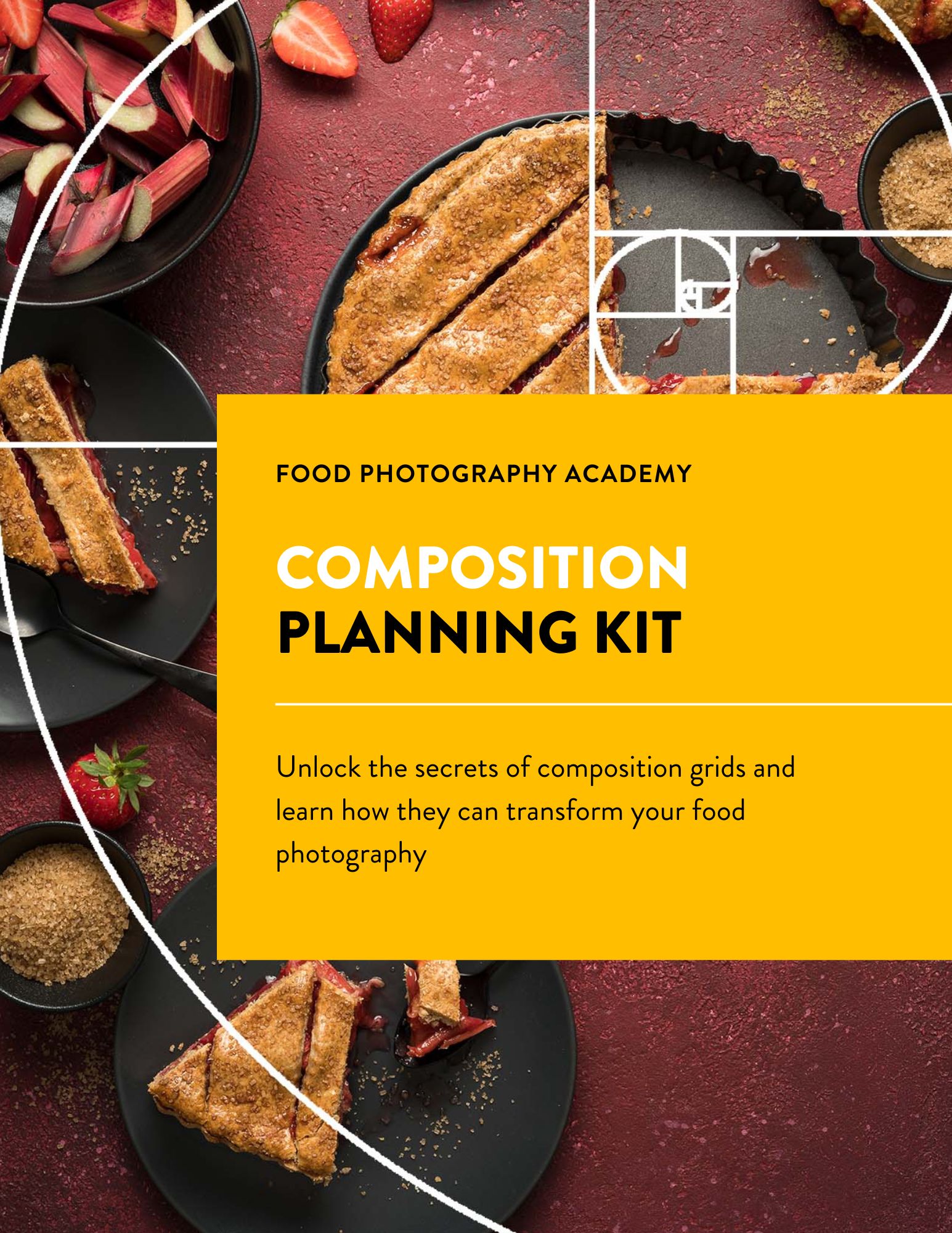
What is a macro lens?
A macro lens is a special type of camera lens that has the ability to work with very short focusing distances, taking sharp images of very small subjects.
A true macro lens has a magnification ratio of 1:1 (or greater), and a minimum focus distance around 30cm.
But what does that mean?
A magnification ratio of 1:1 means that the ratio of the subject size on the sensor plane is the same, or greater than the actual real life size of your subject. That’s what makes macro lenses able to take those super sharp, close up images of things like insects.
If you see a lens with a magnification ratio of 1:1 or 2:1 or 3:1 etc… it’s a macro lens.
If the magnification ratio is 1:2, 1:3, 1:4 etc… it’s not a macro lens.
But macro lenses aren’t only good for shooting close up detailed images. Depending on the focal length you choose, your macro lens also makes an incredible portrait lens, which is ideal for macro food photography.
Choosing the focal length of your macro lens
When choosing a macro lens, the first step is to know whether you’re shooting on a full frame or a crop sensor camera.
A lens on a crop sensor camera will behave like a longer focal length lens than it actually is. This is called the equivalent focal length, and you can figure it out by multiplying the crop factor of your camera by the focal length of the lens you’re using.
50mm x 1.6 = 80mm
Therefore the equivalent focal length = 80mm
Read my full post about focal length and food photography lenses here.
When I was working with a crop sensor camera, I used a 60mm macro. This acted like a 90mm on my crop sensor, allowing me to get a shallow depth of field in my photos, as well as a tight crop. Now on a full frame, I shoot with a 90mm macro lens, but anything from 90-105mm is great for food photography.
In these two photos, I shot the same scene at the same angle with a 90mm macro lens, and a 55mm non macro lens, so you can see the effect the different focal lengths have on the photo. Even though the front of the baking tray is in the same position in both photos, the field of view is much wider on the 55mm lens.
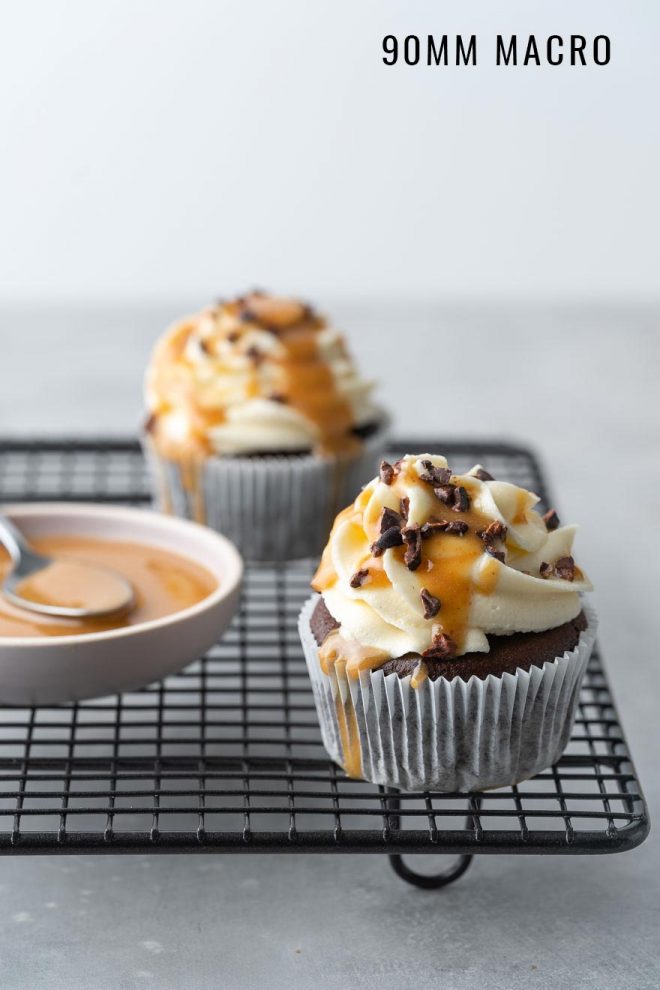
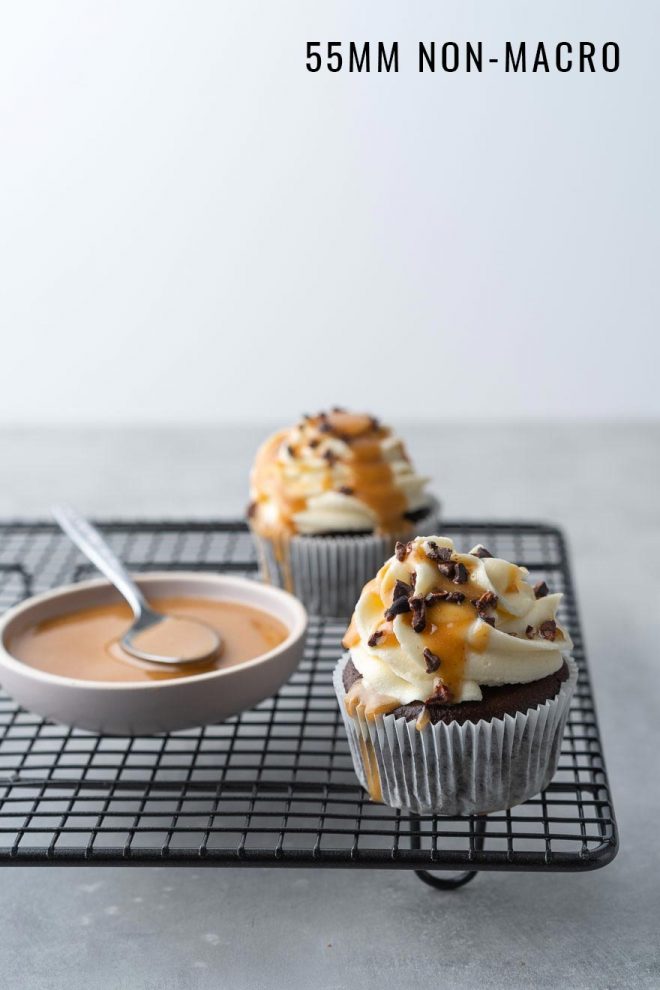
Neither of these focal lengths are “right” or “wrong”, but a tighter crop typically produces a more visually pleasing composition for these kinds of shots of small subjects.
I’ve put together a free food photography composition planning kit for you, you can download it by clicking below!
Stop guessing and start implementing with my foolproof composition system. Elevate your food photography from good to great with composition techniques.
Free Resource

It’s important to note that when you’re shooting the kind of photo above (ie. not the super close up range photos), you’re not actually using the macro capabilities of the lens – at this point it’s acting in the same way as any other 90mm lens.
So why would you bother buying a macro lens for food photography? Well… simply for versatility. By having the option to create beautiful, tightly cropped compositions and super sharp, detailed close ups, you can do a LOT more with just one lens.
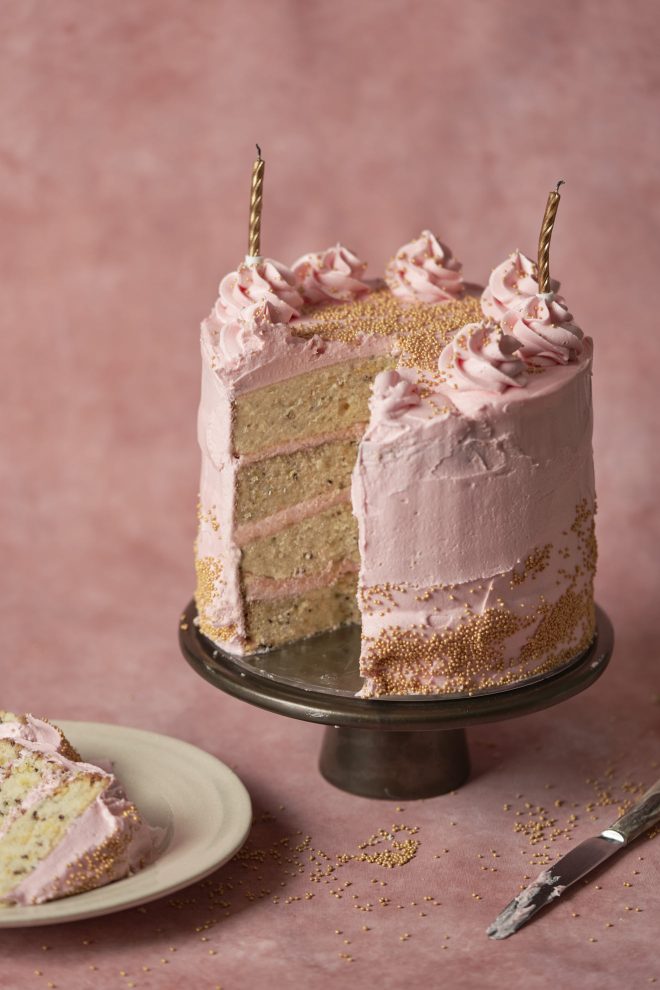
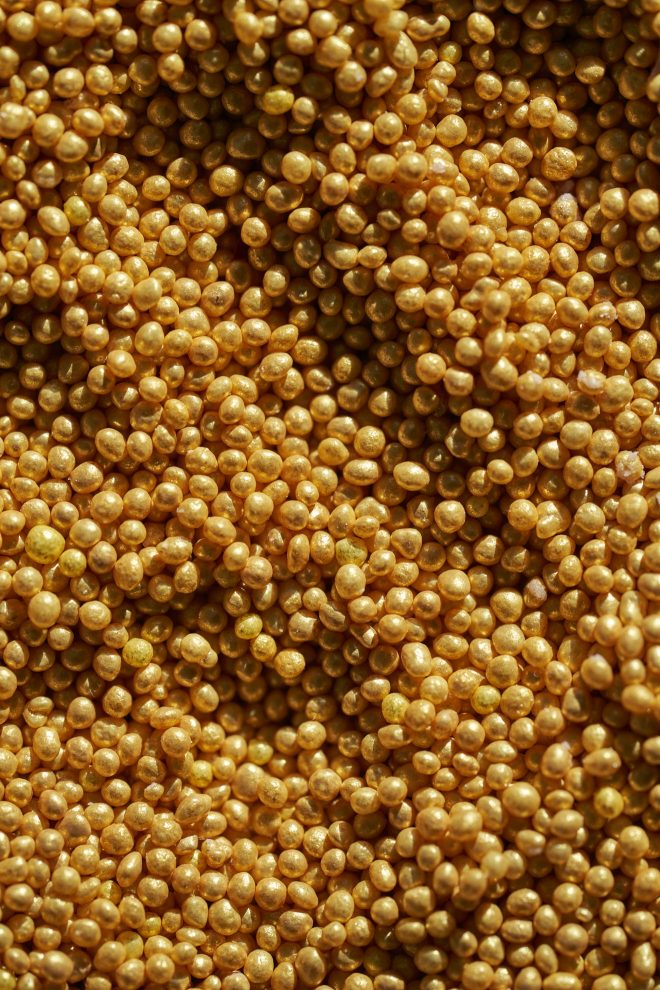
Minimum Focus Distance
The Minimum focus distance of a lens determines how close you can be to your subject with it still in focus.
Generally speaking, the longer the focal length, the further you must be from your subject to be able to focus on it.
For example, the Canon EF 100mm f/2 USM (not a macro lens) has a minimum focus distance of 91cm, whereas the Canon EF 100mm f/2.8 Macro USM has a minimum focus distance of 31cm.
This means if you were shooting with the 100mm f/2 (not macro), you would need to be at least 91cm away from your subject to even be able to focus on your subject.
Whereas with the 100mm f/2.8 macro lens, you could be anywhere from 31cm away and create a tack sharp photo.
This gives you an extra 60cm of space to play with in your compositions. So more than just those super close up shots, you can create completely different compositions with the macro lens and still have your subject in focus.
Using the right lens for your food photography composition is essential. Download my free composition planning kit below 👇
Stop guessing and start implementing with my foolproof composition system. Elevate your food photography from good to great with composition techniques.
Free Resource

Photos like this of these cupcakes just aren’t possible without the macro lens.
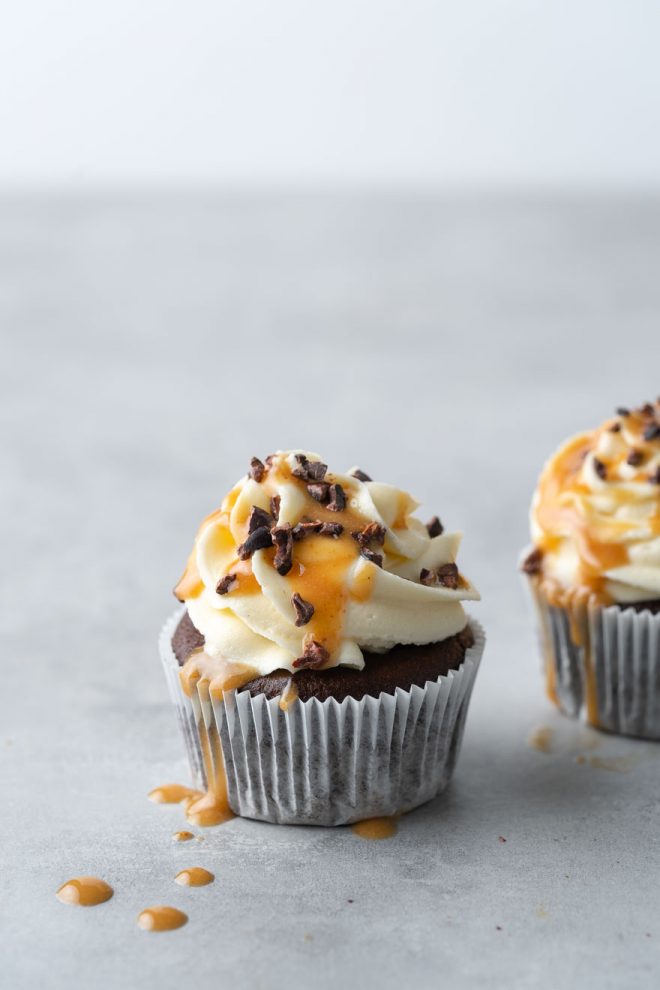
Magnification
A macro lens has a magnification factor of 1.0x or 1:1, which allows it to reproduce a life sized image of your subject on the camera’s sensor.
This means you can get really, really close to something and it will still be in focus.
Sometimes you will see lenses that have a magnification ratio of 1:2 labelled as “macro”, but a true macro lens has a magnification ratio of 1:1.
Depth of Field (DoF)
One important thing to keep in mind when doing macro food photography is that the DoF is very limited when shooting at close range.
In order to create images where everything in your scene is in focus (ie. sitting within the DoF), you’re going to have to use a much narrower aperture (higher F-Stop number), to get the same effect of the depth of field you would at normal range.
In these examples of frozen raspberries taken at close range, you can see the difference in how much of the shot is in focus, even at narrow apertures like f/14. Particularly look at the raspberry on the top left to see the difference in the DoF, even at f/8 we’re seeing a lot of background blur.
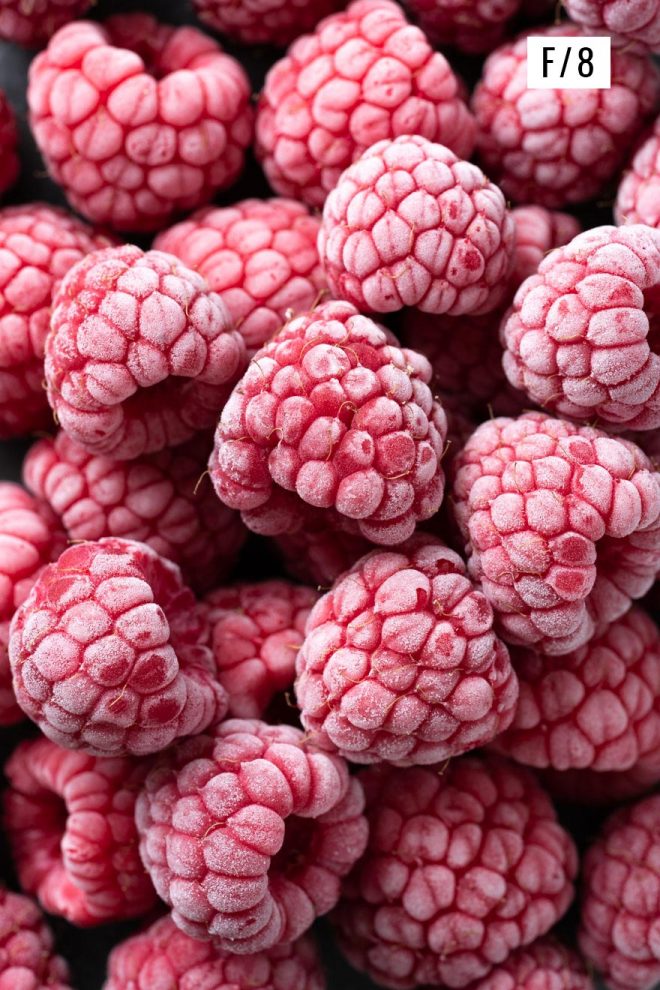
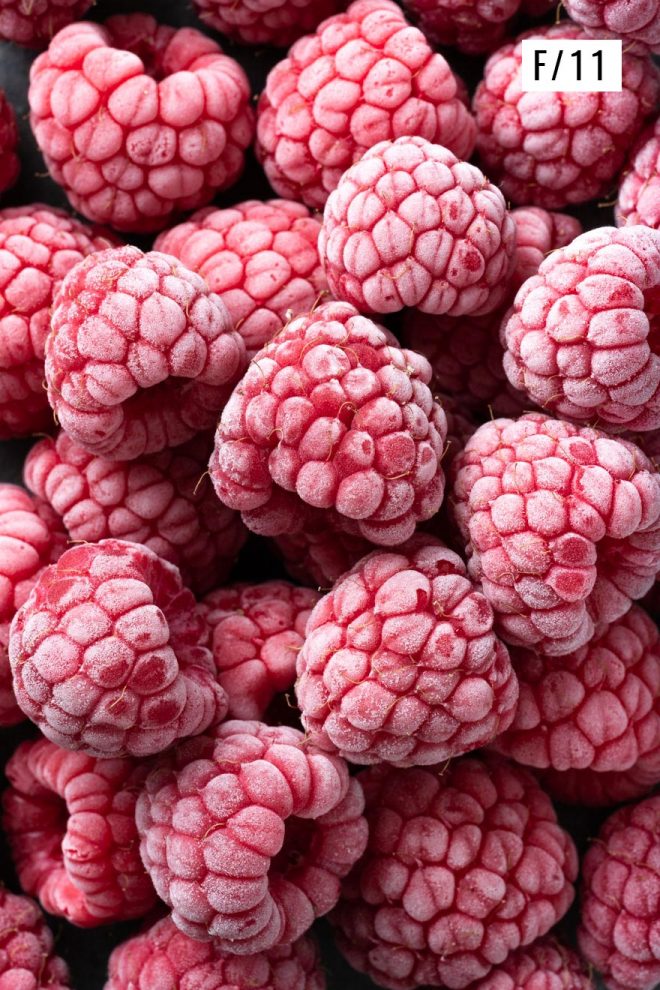
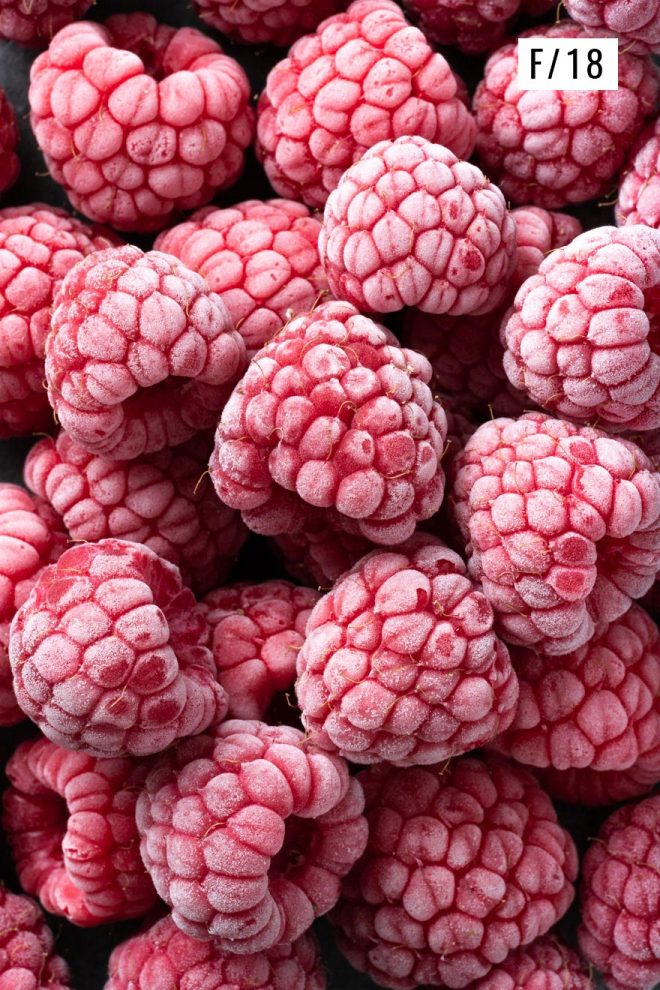
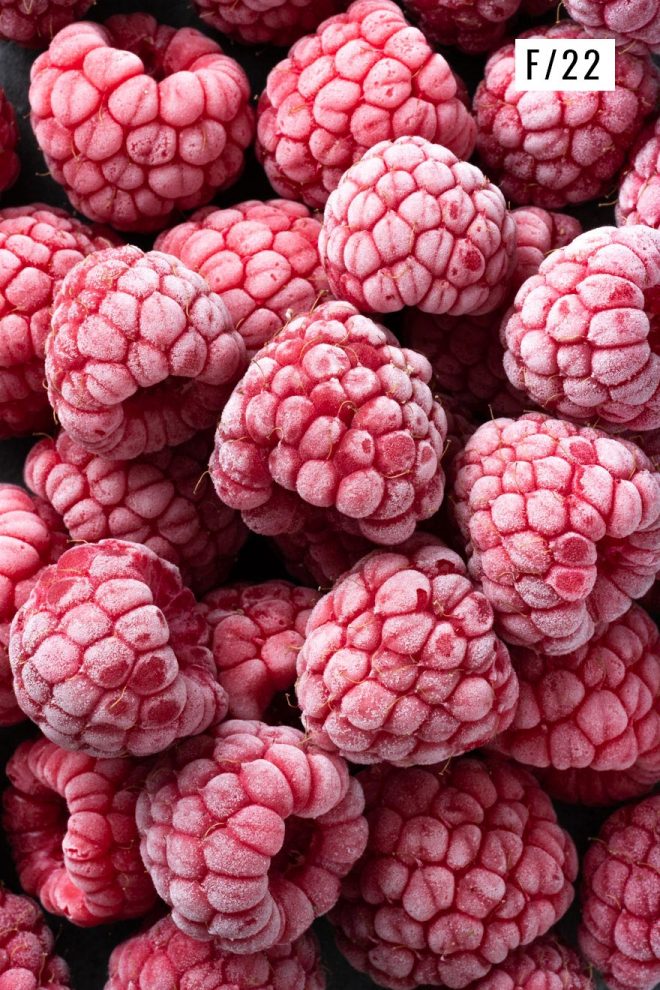
At this type of magnification, it doesn’t take much for things to start to go soft. Getting the majority of your subject on the same plane of focus will help you keep as much of it as sharp as possible. Many macro shooters employ a technique called “focus stacking” to combat this softness, but that’s a topic for another post!
Stability
I consider a tripod a must in food photography the majority of the time. Not only does it allow you to nail down your compositions, but a good tripod will hold your camera steady so your macro shots are clear and sharp.
Having your camera on a stable base will also allow you to stop down your aperture and shoot with a slower shutter speed so that you can get more of your subject in focus. This is particularly useful if you shoot in natural light, and can’t increase the power of your light.
Focus
Due to the magnified nature of macro photography, nailing focus is incredibly important – plus this is the thing that most of you said you struggle with in macro food photography on Instagram.
When you’re capturing such a fine amount of detail on your food, the smallest adjustment in focus can make or break your photo.
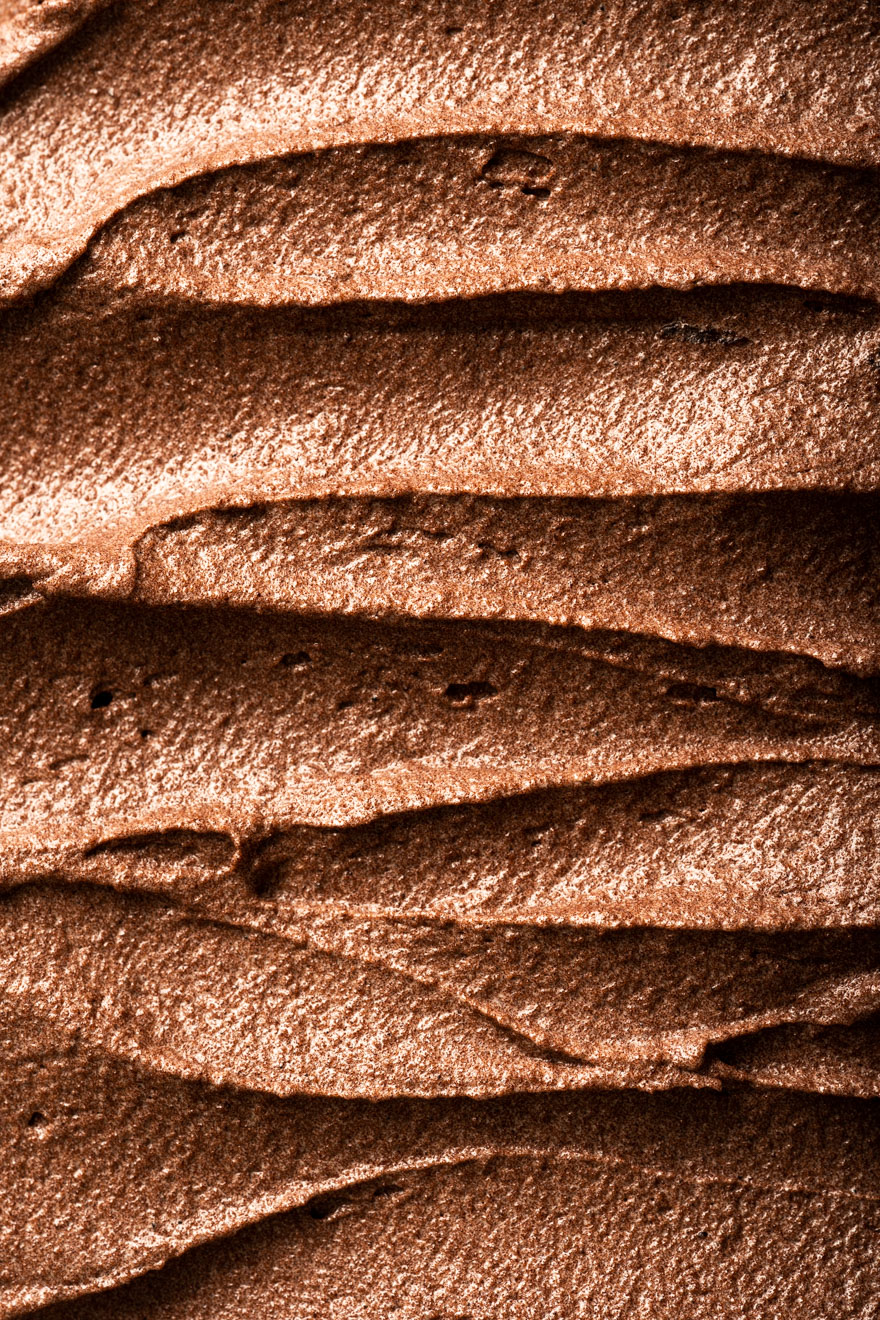
While most macro lenses have built-in autofocus, I really recommend you shoot in manual focus mode. Manual focus allows you to manually define exactly where the plane of focus lies relative to your camera’s sensor.
If you do prefer to use autofocus, using single point (often labelled as AF-S) is the most accurate way to do this in food photography. This will allow you to select the specific point on your sensor that your focus point should be, allowing your camera to accurately focus at that distance.
Macro Food Photography Composition
As you can see by now, using a macro lens for food photography can help you create some compositions that aren’t otherwise possible.
It’s a lens I love having in my kit, and use the most often.
When thinking about planning your food photography compositions, I’ve created a printable composition planning kit for you, so you can walk into your shoot with a vision. Click below to download it!
Stop guessing and start implementing with my foolproof composition system. Elevate your food photography from good to great with composition techniques.
Free Resource

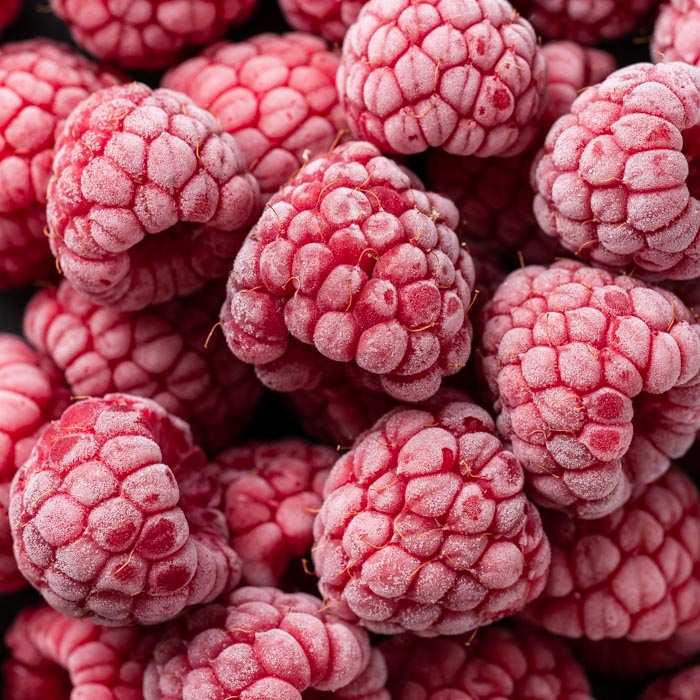
Hi, very good article. I have a question, why do macro photographers always refer to 35mm? In fact, every camera manufacturer provides a description of a 1.6x crop factor on its APSC cameras, for example the Canon 77d has a 1.6x crop factor. Why are they referring to 35mm in this case? Why don’t they refer to medium format, for example 55mm or 43mm? Thank You
I enjoyed your POST very much. I know I’m way late on the
comments, but wanted to thank you for the encouragement you bring to your POST. I am new to photography and know very little about it. I was always interested in food photography but didn’t know where to begin. I have a Canon 5Dsr and am just learning how to use it. Any future lessons and information are welcome.
Again, Thank you for the work you do.
Thanks so much Jorge!
I’ve had a stroke, lost use of my right hand. Can you recommend a camera and lens and maybe remote I could buy?
Bummer! Call the Mikes Camera in Wheat Ridge Colorado! They would definitely help you even if not local- there’s a guy on their staff who has been there for many years and has a physical disability, I bet he’d have some great ideas! Go you for continuing trying
Your information concerning macro lenses is far from correct. A 1:2 lens IS a macro lens, just not such a good one as a 1:1. A 60mm lens is still a 60mm lens whether on a full frame or an aps-c or a M43 for that matter. The apparent 90mm is simply a matter of the sensor cropping the picture. You can crop a full frame picture in Photoshop and get the same effect exactly. But it was still taken on a 60mm lens.
Hi Robert, thanks for the comment! It’s true, a 1:2 lens can produce images at half size on the sensor, so while it may “technically” be covered under the macro range, it’s not the most ideal for food photography. And I never said a 60mm wasn’t a 60mm… but like you correctly said, it will behave like a 90mm on an aps-c (which is exactly the point I made in this post when I said it “behaves like a 90mm”), so we do have to take that into consideration when shooting on crop sensors. I cover this in much more… Read more »
Lauren learned about you from watching Joanie Simon (she’s fantastic) and I’m so glad I did. You are another great learning source for me!
Thanks Jody! Joanie is the BEST!
Hi Lauren!
Thank you so much for your helpful article,i have a Sony a7iii what kind of lens do you recommend?
Check out my other blog post all about which lenses are best for food photography – you can find it in the archives!
Really helpful post Lauren thanks.
Was wondering why my sots with macro lens were not sharp, now I know.
So happy this cleared this up for you Francesca!
Hi from Buenos Aires, Argentina
Thanks for this great information! I’m in on Thursday yeah!
Hi all the way to Buenos Aires! Can’t wait to see you at the webinar!
Hi Lauren,
Just a quick question. I was having a look at your ‘Everything you need to know about Macro lenses’ page and found some of the text is obliterated by the two sets of side-by-side images. Is there something wrong with this page or is it just the way it’s formatting on my Mac Book Pro.
Warwick
Oh no! Sorry to hear that… let me have a look into it. It could be the new version of wordpress playing up!
Thanks so much for this blog post Lauren. I have a fujifilm 80mm macro macro lens which I have been shooting with. (3/4 crop) on my Xt2. So it seems like your session is tailor made for me. I love getting close to my food. I look forward to the training session and thank you for all the youtube videos you do as well. Blessings
Thanks so much for the kind words Cat, can’t wait to see you at the webinar!